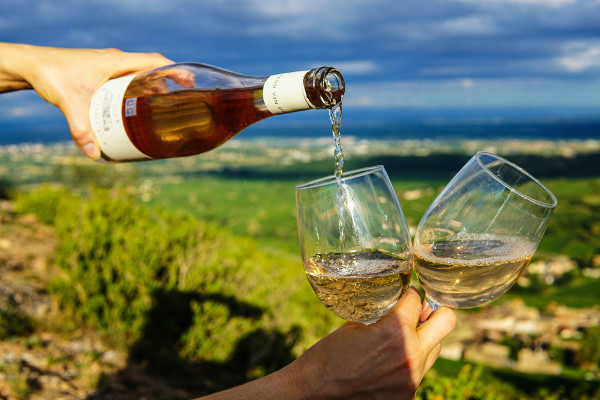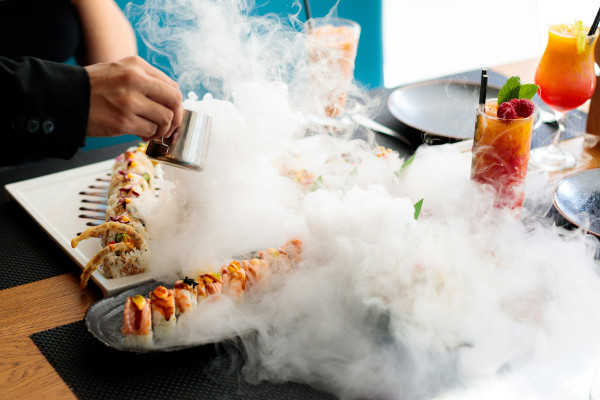How to Master Wine Tasting: Tips, Techniques, and Expert Insights
Wine tasting is a sensory adventure that goes beyond simply drinking wine. It's about engaging with each glass and appreciating the complexity of flavors, aromas, and textures. Whether you're a beginner or an enthusiast, understanding how to taste wine properly can elevate your experience. In this guide, we'll explore key techniques and helpful tips to help you refine your wine tasting skills and deepen your appreciation for this timeless art.
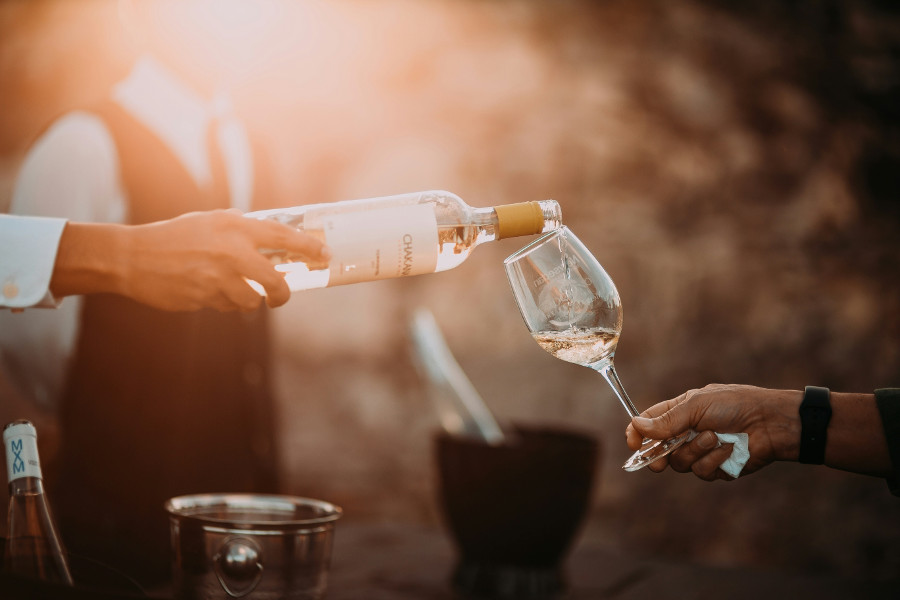
What is wine tasting?
Wine tasting is more than just sipping a glass of wine; it's a sensory journey that invites you to fully appreciate the complexity of what’s in your glass. Think of it as a way to engage with the wine on a deeper level. From the moment you see the wine’s color in the glass to the first inhale of its aroma, you’re already starting to connect with the wine. The real magic happens when you take that first sip. It's not just about drinking - it’s about experiencing every layer and nuance that the wine has to offer. If you're someone who’s curious about the world of wine, wine tasting is your gateway to understanding not just what you like, but why you like it.
How do you properly taste wine?
Tasting wine properly is like learning to appreciate an artwork - it’s about slowing down and paying attention. First, take a moment to admire the wine’s color; its depth can tell you a lot about its age or origin. Next, swirl the wine gently in the glass. This isn't just for show - it releases the aromas trapped in the wine, letting your senses fully engage. Now take a good sniff; really take in the layers of scent, from fruity notes to deeper, more complex aromas. Finally, take a sip and let the wine roll around your mouth, allowing you to feel the acidity, tannins, and texture. It’s all about finding balance, and once you understand that, you’ll be able to tell if a wine truly resonates with you.
What are the steps in a wine tasting?
Wine tasting isn’t just about drinking - it’s an art that involves engaging with the wine through your senses. Start with the visual step: examine the wine’s color, clarity, and depth in the glass. Holding it up to the light can reveal subtle hints about its age and region. Next, smell the wine. Swirl it gently to release its aromas and take a deep inhale. This will help you identify the wine’s character, whether it’s fruity, floral, or earthy. When you taste, take a small sip, allowing the wine to coat your mouth. Focus on how it feels - how the acidity, tannins, and body interact. Finally, note the finish - how long does the flavor linger? A long, pleasant finish often marks a well-crafted wine.
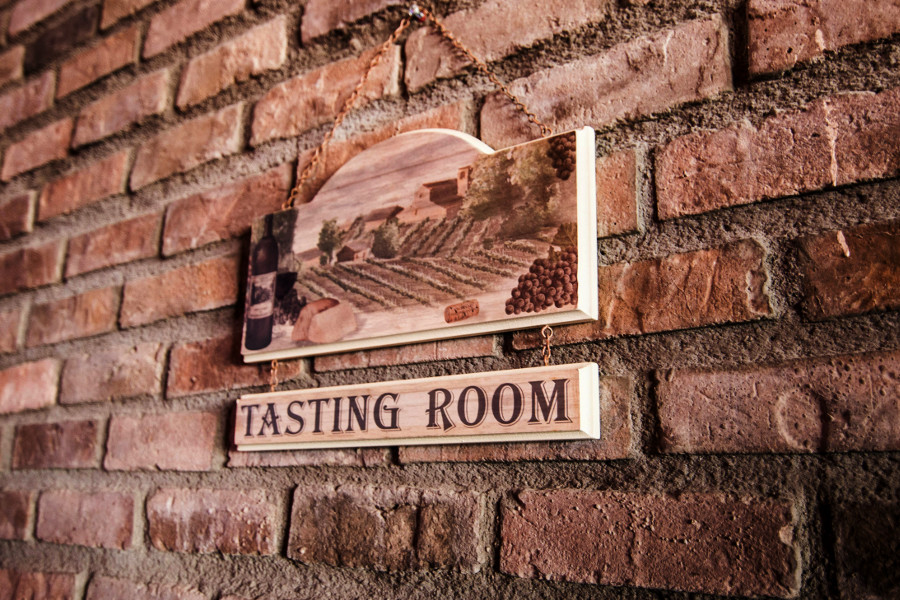
How do you describe wine taste?
Describing the taste of wine can feel like learning a new language. It’s all about breaking down its core elements: the sweetness, which ranges from dry to sweet; the acidity, which can make the wine crisp and refreshing; the tannins, which give the wine structure and dryness; and the body, or weight of the wine in your mouth. The flavors you detect, from fruity to earthy, tell the story of the wine’s origin. And of course, don’t forget the finish - how the flavors evolve after swallowing. The more you practice, the more fluent you'll become in describing a wine's taste, helping you identify what you truly enjoy.
What are the different types of wine tasting?
There are several ways to dive into the world of wine tasting, each with its own unique twist. Blind tastings let you focus purely on the wine itself, without knowing its identity. This helps you avoid bias and truly experience the wine’s character. Horizontal tastings compare wines from the same vintage or region, offering a side-by-side comparison of subtle differences. In a vertical tasting, you’ll explore wines from the same producer but from different years, noticing how the wine evolves with age. Thematic tastings group wines by a common factor, such as grape variety or region. Finally, comparative tastings allow you to pit wines from different countries or areas against each other to see how terroir influences flavor.
How do I improve my wine tasting skills?
Like any skill, improving your wine tasting abilities requires both practice and patience. Start by tasting different wines regularly, focusing on wines from various regions, grape varieties, and styles. This helps you build a broader palate. When you taste, take the time to evaluate the wine using all your senses - color, aroma, taste, and finish. Take notes after each tasting so you can track what you enjoy and identify patterns. Attending guided wine tastings, where experts share their knowledge, can also accelerate your learning. Most importantly, be curious and open to new experiences. With each glass, you'll gain a deeper understanding of the subtle differences that make wine tasting so fascinating.
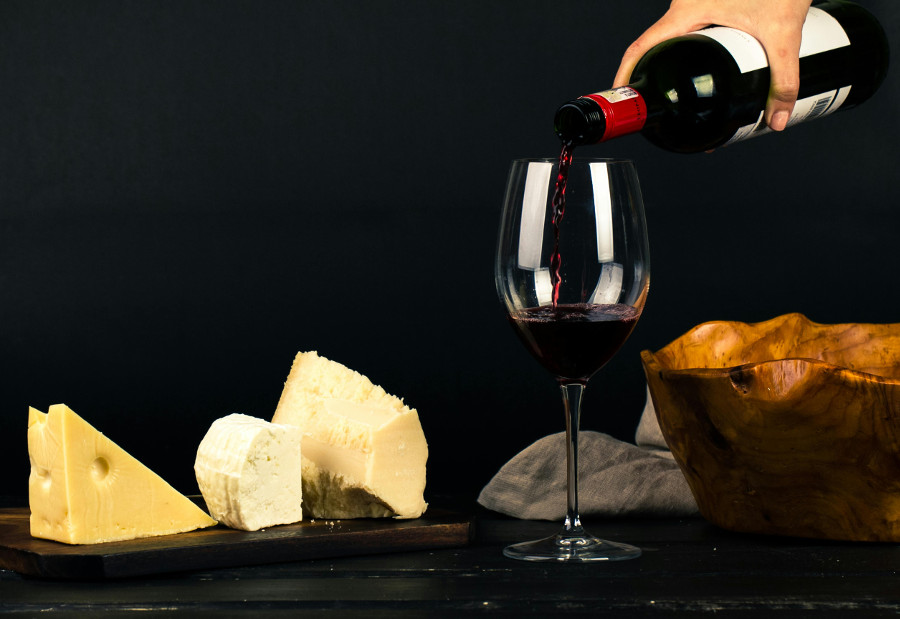
What should you eat before wine tasting?
What you eat before a wine tasting plays a huge role in your experience. Ideally, you want to prepare your palate without overwhelming it. Opt for light, neutral foods that won’t interfere with the flavors of the wine. Think plain crackers, unsalted bread, or mild cheeses. Avoid strong-flavored or spicy foods like garlic or heavy meats, as these can dominate your senses and alter your perception of the wine. Hydrating is also key, so drink plenty of water before and during the tasting to ensure your palate stays sharp. The idea is to keep things simple so the wine can truly shine, and you can experience its full range of flavors.
How much wine is served in a tasting?
Wine tastings usually serve small portions, typically between 1 to 2 ounces per wine. This allows you to taste a variety of wines without overindulging. A standard tasting might involve anywhere from 4 to 6 different wines, although this can vary depending on the event. The small pours also make it easier to evaluate the wine without overwhelming your senses. If you're attending a formal tasting, you might be offered spittoons to spit out the wine after tasting - this helps you stay sharp while trying multiple wines. So, while the pour is modest, it’s all about quality, not quantity.
What’s the difference between a wine tasting and a wine pairing?
A wine tasting is all about focusing on the wine itself - examining its color, aroma, and flavor profile. The aim is to engage with the wine on its own terms, understanding its nuances and appreciating its quality. On the other hand, a wine pairing takes the wine experience one step further, combining it with food to enhance both elements. Pairing is about finding a wine that complements a specific dish, bringing out flavors in both the food and the wine. It’s a more culinary experience, where you’re looking to create harmony between the two. While a tasting isolates the wine, pairing connects it to the dining experience.
Why do you swirl wine during a tasting?
Swirling wine may seem like a gesture of sophistication, but it actually serves a very practical purpose. When you swirl the wine in the glass, you’re allowing it to mix with the air, which helps release its aromas. This is crucial for a proper tasting because the aromas are a huge part of the overall experience. As the wine comes into contact with oxygen, it opens up, and you’re better able to detect the subtle notes that might otherwise be hidden. Swirling also gives you a chance to assess the legs of the wine, which can tell you about its alcohol content and viscosity. It’s all part of engaging with the wine more fully.
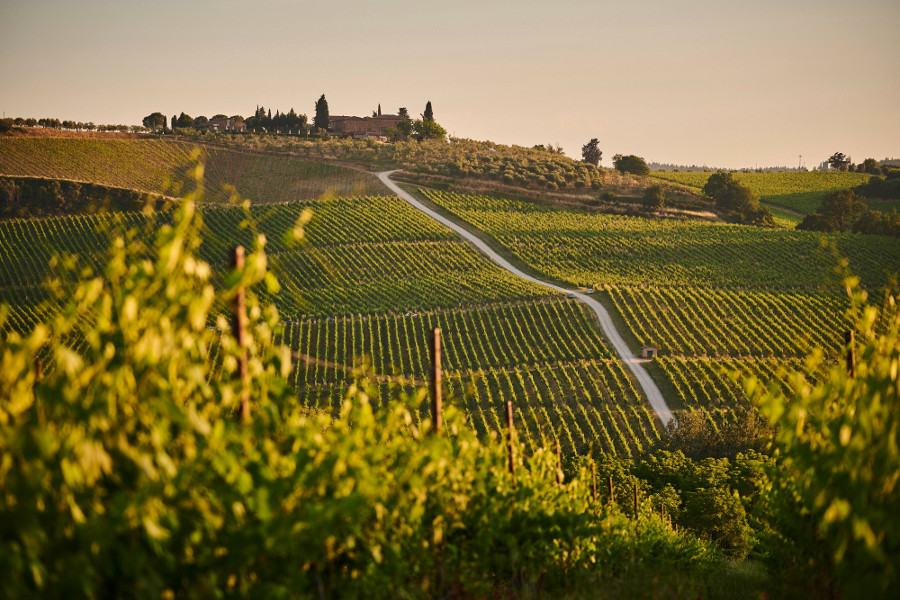
How can I tell if a wine is good or bad during tasting?
Telling if a wine is good or bad can be tricky, but there are a few clear indicators. First, check the wine’s appearance - it should be clear and vibrant. Any cloudiness or sediment could indicate spoilage. When you smell the wine, pay attention to off-aromas like cork taint (wet cardboard) or vinegar (a sign of oxidation). These can signal that the wine has gone bad. When tasting, look for balance: a wine that’s too acidic, too tannic, or overly sweet likely isn’t well-made. A good wine should feel harmonious, with no one element overwhelming the others. Lastly, the finish should linger pleasantly - if it’s short or bitter, the wine might not be in top form.
What temperature should wine be when tasting?
The right temperature for tasting wine can make all the difference in how it reveals its flavors. Red wines are best served slightly cooler than room temperature, around 60-65°F (15-18°C), which helps them show off their full character without being too warm. White wines, on the other hand, should be served colder, typically between 45-55°F (7-13°C), to preserve their crispness. Sparkling wines need to be extra chilled, usually around 40-50°F (4-10°C), to maintain their effervescence. Dessert wines fall somewhere in between, at about 50-55°F (10-13°C). Wine served at the correct temperature helps highlight its flavors, so make sure it’s not too hot or too cold.
Notable websites for learning more about wine
Conclusion
Wine tasting is as much about exploration as it is about enjoyment. The more you practice, the more you'll uncover about each wine's unique character and its perfect food pairings. By using the steps and techniques outlined here, you'll soon feel more confident and knowledgeable at any wine tasting event. Remember, the beauty of wine tasting lies in its personal journey - so keep tasting, experimenting, and savoring the experience!

